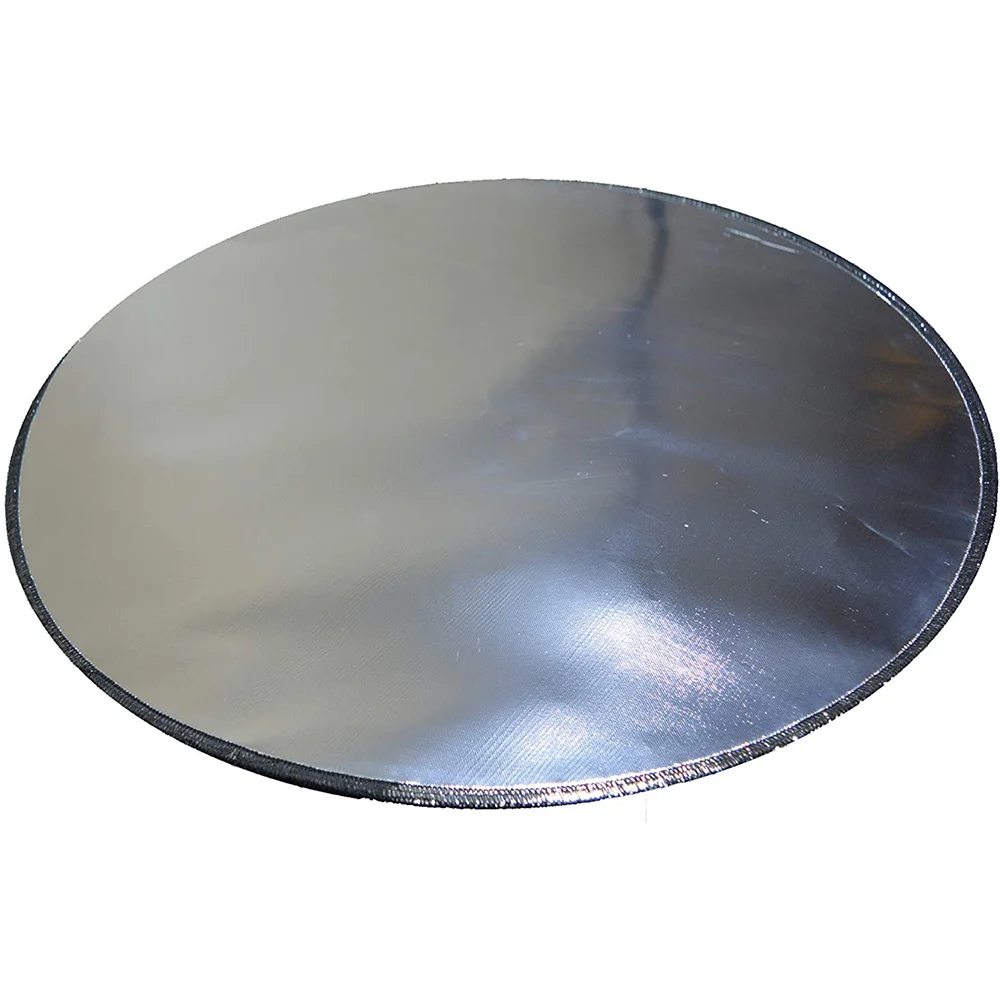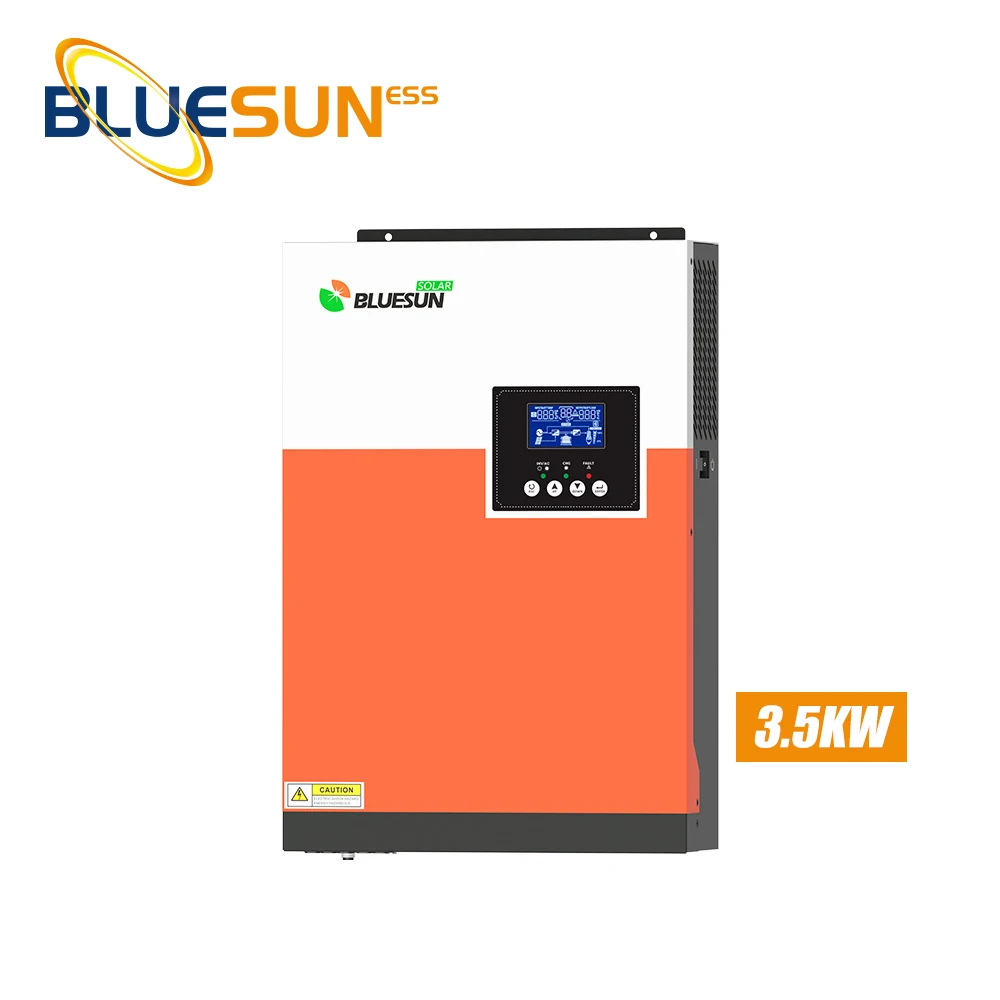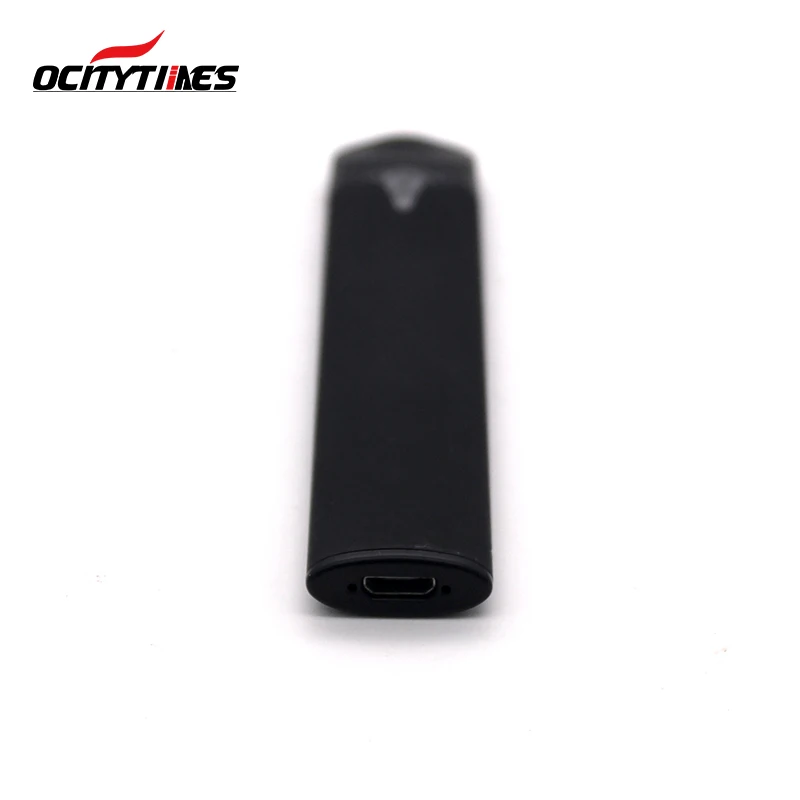aquarium lighting
Category:
Weyse total 87 items aquarium lighting products.
The production line for aquarium lighting is reliable and meets the safety standards of the power industry. Every production process is strictly controlled to ensure the quality of the product.
HID - Metal Halide
What are Metal Halide Lamps?
Most commonly found in street lights, parking lot lights, stadiums, and sports fields, metal halide bulbs, or MH bulbs, emit bright light that increases visibility. To help these lamps safely operate, they must be used with ballasts to regulate the current going to the bulb. Metal halide lamps are available in several different base types, with medium (E26) or mogul (E39) bases being the most common. They also have clear, coated, or shatter resistant lenses. These lamps come in assorted color temperatures and multiple burn positions.
What is Burn Position and Why is it Important?
Burn position is the angle at which the bulb can be installed in a fixture. Some lamps are designed to only be used at certain angles, and installation in the wrong position can negatively impact the life of the bulb. There are three main positions: horizontal, vertical, or universal. Vertical means that it can be used base up or base down, while horizontal means it can only be used parallel to the floor. Universal burn position means that it can be used either vertically or horizontally. Some bulbs even go a step further by specifying a specific degree.
Understanding Color Rendering Index
Color rendering index, often referred to as CRI, measures a light sources ability to accurately portray colors. It is measured on a scale of 1 to 100, with 100 being the highest. Most metal halide lamps have a low color rending index ranging in the 60 to 70 range. However, some metal halide bulbs have a high color rendering index of 90. Metal halide lamps that have a high CRI include flood lamps used for retail lighting and grow lamps. So, if you have an application where you need the colors to be as accurate as possible, you will want a bulb with a higher CRI. The lower the number, the more faded the colors will look.
Types of MH Bulbs
Aquarium lights, as the name implies, are used for illuminating aquariums. Moon pulse mercury lamps are used to reproduce the look of moonlight for landscaping, while conversion lamps are used to retrofit high pressure sodium fixtures to metal halide. For security and retail lighting, we offer a variety of PAR lamps that are available in multiple beam angles. Suitable for track and recessed lighting, metal halide MR16s have a GX10 base. The most common shapes are the ED17 and BD17 lamps. They can be found in a variety of applications ranging from warehouse lighting to street lamps and are available in multiple wattages. As the wattage goes up, so does the Lumen output (amount of light the bulbs produces).
What are ANSI Codes?
ANSI (American National Standards institute) codes are used with MH bulbs to be able to easily tell what ballast can be paired with the lamp. ANSI codes are typically 3 to 4 characters long. The first letter tells the type of lamp. The rest of the characters tell you what ballast to use. For example, if your bulb has the code M91, then it must be used with a ballast that has the same code on it.
Do you need assistance finding the right bulb for your application? Or are you unsure about what type of ballast is compatible with your halide lamp? Call to speak to a member of our helpful team at 1-800-624-4488.
HID - Metal Halide
What are Metal Halide Lamps?
Most commonly found in street lights, parking lot lights, stadiums, and sports fields, metal halide bulbs, or MH bulbs, emit bright light that increases visibility. To help these lamps safely operate, they must be used with ballasts to regulate the current going to the bulb. Metal halide lamps are available in several different base types, with medium (E26) or mogul (E39) bases being the most common. They also have clear, coated, or shatter resistant lenses. These lamps come in assorted color temperatures and multiple burn positions.
What is Burn Position and Why is it Important?
Burn position is the angle at which the bulb can be installed in a fixture. Some lamps are designed to only be used at certain angles, and installation in the wrong position can negatively impact the life of the bulb. There are three main positions: horizontal, vertical, or universal. Vertical means that it can be used base up or base down, while horizontal means it can only be used parallel to the floor. Universal burn position means that it can be used either vertically or horizontally. Some bulbs even go a step further by specifying a specific degree.
Understanding Color Rendering Index
Color rendering index, often referred to as CRI, measures a light sources ability to accurately portray colors. It is measured on a scale of 1 to 100, with 100 being the highest. Most metal halide lamps have a low color rending index ranging in the 60 to 70 range. However, some metal halide bulbs have a high color rendering index of 90. Metal halide lamps that have a high CRI include flood lamps used for retail lighting and grow lamps. So, if you have an application where you need the colors to be as accurate as possible, you will want a bulb with a higher CRI. The lower the number, the more faded the colors will look.
Types of MH Bulbs
Aquarium lights, as the name implies, are used for illuminating aquariums. Moon pulse mercury lamps are used to reproduce the look of moonlight for landscaping, while conversion lamps are used to retrofit high pressure sodium fixtures to metal halide. For security and retail lighting, we offer a variety of PAR lamps that are available in multiple beam angles. Suitable for track and recessed lighting, metal halide MR16s have a GX10 base. The most common shapes are the ED17 and BD17 lamps. They can be found in a variety of applications ranging from warehouse lighting to street lamps and are available in multiple wattages. As the wattage goes up, so does the Lumen output (amount of light the bulbs produces).
What are ANSI Codes?
ANSI (American National Standards institute) codes are used with MH bulbs to be able to easily tell what ballast can be paired with the lamp. ANSI codes are typically 3 to 4 characters long. The first letter tells the type of lamp. The rest of the characters tell you what ballast to use. For example, if your bulb has the code M91, then it must be used with a ballast that has the same code on it.
Do you need assistance finding the right bulb for your application? Or are you unsure about what type of ballast is compatible with your halide lamp? Call to speak to a member of our helpful team at 1-800-624-4488.






